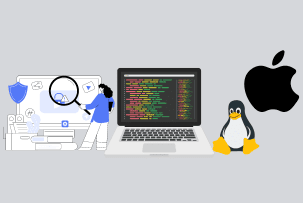How to install Redis on Ubuntu
12:14, 16.03.2022
Redis is a non-relational resident database management system (DBMS). It is, in fact, a repository that contains key-value data. When using Redis, all data is stored in memory, it can only be accessed with a key, but if necessary, the data can be stored on disk. The structure and logic of this DBMS provide significantly higher performance than traditional relational database management systems.
Redis is developed by VMware. Since the software is open-source, so, if necessary, it can be adapted to individual needs and requirements. The maximum amount of data that can be stored in Redis is limited by the amount of RAM on the server, however, so it is not suitable for everyone. Here are the optimal scenarios for using the DBMS:
- storing sessions and user profiles;
- queues server;
- as an alternative to Memcached;
- for storing data about online users, captcha codes, search engine suggestions, etc.;
- for small applications where high speed is required – various link shorteners, image boards, blogs, etc.;
- as a repository of intermediate results of calculations processing large arrays of data.
Now that you know what this DBMS is and what it is for, let's see how to install Redis on Ubuntu 20.04.
Installing Redis on Ubuntu
It takes a few simple steps. On behalf of a user with root-level access rights, we enter two commands with sudo privileges:
sudo apt update sudo apt install redis-server
No third-party repositories are needed, only an up-to-date DBMS After entering the commands, the installation process will start, it will take no more than a couple of minutes.
You can check the status of the service with the following command:
sudo systemctl status redis-server
If everything went well, you will get the following message:
● redis-server.service - Advanced key-value store Loaded: loaded (/lib/systemd/system/redis-server.service; enabled; vendor preset: enabled) Active: active (running) since Sat 2020-06-06 20:03:08 UTC; 10s ago ...
By the way, before launching Redis, make sure IPv6 is installed, otherwise, it will not start. Then you can proceed to the final configuration and get started. To learn more about configuring and managing this DBMS, we recommend visiting https://redis.io/the official website where the relevant documentation is stored.


